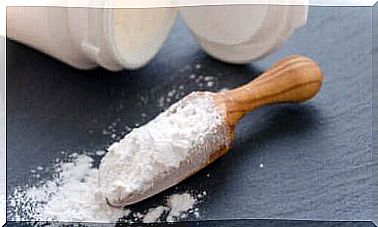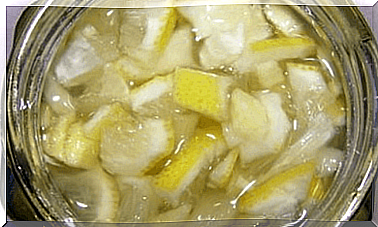Why Does Mold Appear On Clothes In The Wardrobe?
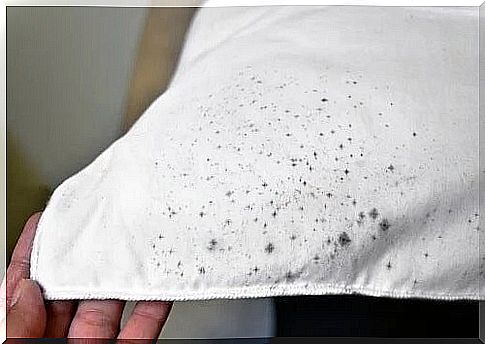
Poorly ventilated spaces, such as wardrobes, have a tendency to get wet and develop mold. Do you have stains and a bad smell on your clothes? Today we will show you how to deal with it.
A fairly common problem in homes is the growth of mold inside cupboards. While it may go unnoticed at first, it causes odors and stains on clothes that are difficult to remove over time. Do you know why mold appears on clothes in the closet ?
There are several environmental conditions that favor the appearance of mold in this type of room. Therefore, it is more common in homes with too humid and poorly ventilated interiors. It can also be influenced by high temperature and lack of hygiene. We advise how to deal with them.
What is mold?
The term “mold” describes a variety of microorganisms belonging to the group of fungi, including fungi and yeasts. These, in particular, consist of spores that are usually suspended in the air.
However, as a result of moisture, heat, poor ventilation and dirt, these fungi choose to settle in different places in the house, reproducing and forming an entire colony.
It is estimated that there are hundreds of mold species, but the most common in homes are the Cladosporium, Penicillium, Alternaria, and Aspergillus families . Of course, they can also be found almost anywhere outside.
The big downside of having them at home is that they can cause a lot of problems, both at home and health. Their presence is undesirable as they cause stains and bad smells on walls, clothes and furniture. In addition, they are associated with problems with asthma as well as respiratory and skin allergies.
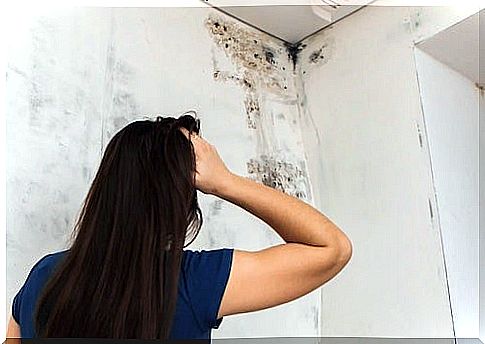
Why does mold appear on clothes in the closet?
To answer the question of why mold appears on clothes in the closet, consider what we mentioned above. In this sense, we need to be clear that the closet is usually an airtight space, with limited ventilation, where heat also accumulates.
Given these features, it should come as no surprise that mold often concentrates inside it. Moreover, in some homes, this problem is even greater because the wardrobes are built into the walls that lead to the outside, where there is more contact with moisture.
When mold develops inside furniture, it can spread to clothes, causing stains that are very difficult to remove. The same can happen with clothes when they are stored without completely drying out.
What to do if mold appears on the clothes in your wardrobe?
There are several solutions to prevent mold on your clothes. Of course, the ideal solution will be to take preventive measures, as once formed mold stains are very difficult to remove. Please note the following:
Cabinet inspection and cleaning
First, you should thoroughly empty and inspect the inside of your wardrobe for brown or greenish stains that may alert you to the presence of mold. If you find them, dilute a few tablespoons of bleach in a quart of water and spray it on the mold to remove it.
Be aware that bleach can damage your clothes. So before you put them back in place, remove any residue with a towel and let them dry.
Purchase of a preparation that protects against moisture
There is a wide range of products to help keep your cupboards from getting wet. Some conventional examples are silica gel, calcium sulfate or activated alumina. There are also natural options like baking soda, salt, or rice.
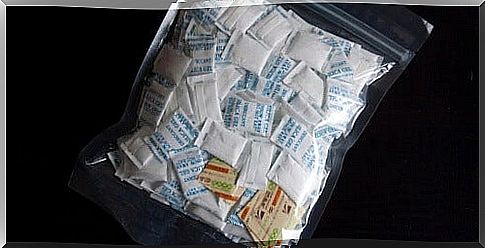
Cabinet ventilation
Mushrooms need moisture to reproduce, which is why it is so important to air your wardrobes every few weeks. If possible, you can even install doors and shelves where there is better air circulation.
Avoid wetness on clothes
Air dry the garment as soon as possible after washing. If you leave it wet or damp for too long, you are more likely to have problems with mold growth later.
Make sure your clothes are dry and pleasant to touch
Putting damp clothes inside closets is a factor that often contributes to the growth of the fungus. Therefore, to avoid this problem, make sure your clothes are dry before storing them.
Use white vinegar
If your clothes have acquired an odor and have damp spots, use a solution of white vinegar diluted in hot water. After 20-30 minutes, rinse them with a normal washing cycle in the washing machine. If the stain is too hard to remove, try combining the vinegar with baking soda.
Now that you know why mold appears in your closet, you can deal with this problem more easily. Remember all of the tips given and prevent this persistent fungus from damaging your clothes.

